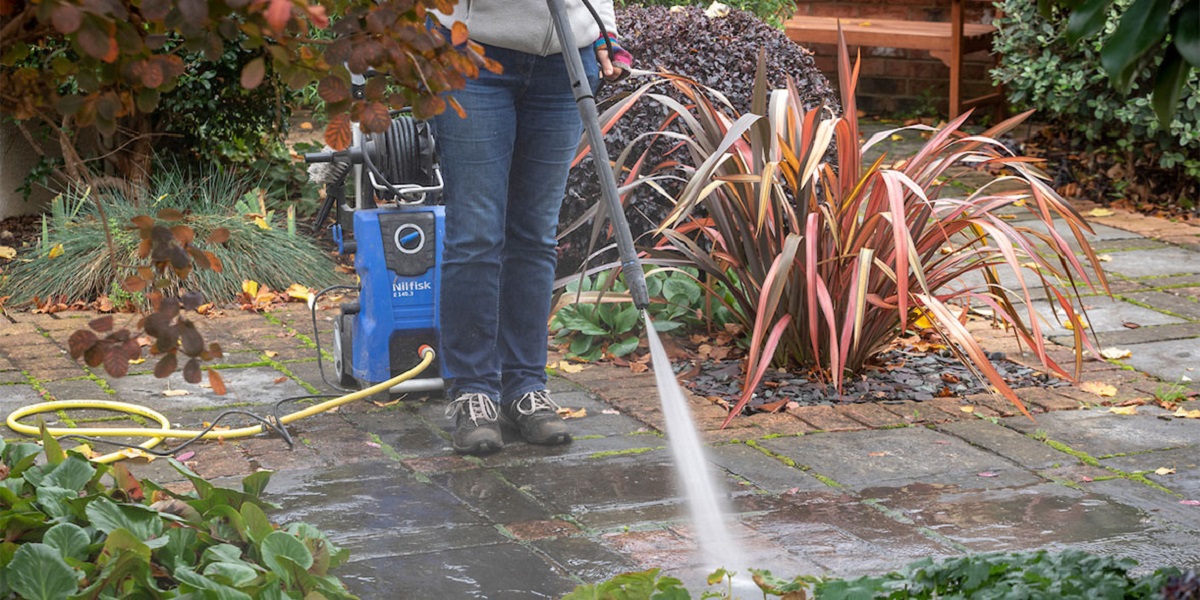

Articles
Why Is My Pressure Washer Losing Pressure
Modified: October 20, 2024
Discover why your pressure washer is losing pressure in this informative article. Get tips and solutions to fix the issue and get your pressure washer working efficiently again.
(Many of the links in this article redirect to a specific reviewed product. Your purchase of these products through affiliate links helps to generate commission for Storables.com, at no extra cost. Learn more)
Introduction
Pressure washers are powerful cleaning tools that help us remove stubborn dirt, grime, and stains from various surfaces. Whether you’re cleaning your patio, washing your car, or tackling large-scale outdoor cleaning projects, a pressure washer can make the task much easier and efficient. However, it can be frustrating when your pressure washer starts losing pressure, affecting its cleaning performance.
In this article, we will explore the common causes of pressure loss in pressure washers and provide solutions to help you troubleshoot and fix the issue. By understanding what can cause pressure loss, you’ll be better equipped to maintain your pressure washer and ensure optimal performance.
Key Takeaways:
- Regularly cleaning or replacing the nozzle is crucial to prevent pressure loss in pressure washers, ensuring optimal water flow and efficient cleaning performance.
- Checking and increasing the water supply, identifying and repairing air leaks, and addressing worn pump and engine power issues are essential for restoring pressure and maintaining peak performance in pressure washers.
Read more: Why Are My Mums Losing Color
Common Causes of Pressure Loss in Pressure Washers
There are several factors that can lead to a loss of pressure in your pressure washer. Understanding these common causes will help you identify and address the issue efficiently. Here are some of the most frequent culprits:
- Clogged Nozzle: One of the primary reasons for pressure loss is a clogged or blocked nozzle. Over time, dirt, debris, and mineral deposits can accumulate in the nozzle, restricting the flow of water and reducing pressure. Regular cleaning and maintenance of the nozzle are essential to prevent this issue.
- Low Water Supply: Another common cause of pressure loss is a weak or insufficient water supply. If the water source is unable to provide a consistent and strong flow of water to the pressure washer, it can result in decreased pressure. Check for any kinks or blockages in the water hose and ensure a steady water supply to the machine.
- Air Leak: An air leak in the pressure washer system can also lead to pressure loss. When there’s a leak, air gets drawn into the system, reducing the amount of water pressure available. Inspect all connections, hoses, and fittings for any signs of air leakage and repair or replace the damaged components.
- Worn Pump: The pump is a vital component of a pressure washer, responsible for creating the pressure. Over time, the pump’s seals, valves, or pistons can wear out, leading to a decrease in pressure. Regular pump maintenance, such as lubrication and seal inspection, can extend its lifespan and prevent pressure loss.
- Inadequate Engine Power: The engine powers the pump of a pressure washer. If the engine is not generating enough power, it can result in reduced pressure. This can be due to fuel issues, spark plug problems, or worn-out engine components. Check the engine and address any maintenance or repair needs to ensure sufficient power output.
By understanding these common causes of pressure loss, you can more effectively diagnose and address the issue with your pressure washer. In the next section, we will discuss the solutions to these problems, helping you restore the pressure and regain optimal cleaning performance.
Clogged Nozzle
A clogged nozzle is one of the primary reasons for pressure loss in a pressure washer. Over time, dirt, debris, and mineral deposits can accumulate in the nozzle, obstructing the flow of water and reducing the pressure output. Fortunately, this issue can be easily resolved with regular cleaning and maintenance.
To clean a clogged nozzle, follow these steps:
- Turn off the pressure washer and disconnect it from the power source.
- Release any remaining pressure in the system by squeezing the trigger on the spray gun.
- Remove the nozzle from the spray wand by twisting it counterclockwise.
- Inspect the nozzle for any visible debris or blockages. If there is a buildup, use a small brush or a pin to gently remove the clog.
- Rinse the nozzle with clean water to ensure all obstructions are removed.
- Reattach the nozzle to the spray wand by twisting it clockwise until it is securely in place.
- Turn on the pressure washer and test the pressure to ensure it has been restored.
Regularly cleaning your nozzle can prevent clogs and maintain optimal pressure performance. If you notice that the nozzle continues to clog frequently, it may be time to consider replacing it with a new one.
Remember to always refer to your pressure washer’s user manual for specific instructions and recommendations regarding nozzle cleaning and replacement.
By addressing a clogged nozzle promptly, you can effectively restore the pressure in your pressure washer and maintain its optimal cleaning performance.
Low Water Supply
Another common cause of pressure loss in pressure washers is a weak or inadequate water supply. If the water source is unable to provide a consistent and strong flow of water, it can result in decreased pressure during operation. Fortunately, this issue can be resolved by checking and addressing the water supply-related factors.
Here are some steps to troubleshoot and address low water supply issues:
- Check the water source: Ensure that the water source is fully turned on and supplying water at the recommended flow rate for your pressure washer. Low water pressure from the source can directly impact the pressure output of the machine. If you notice low water pressure from the source, contact your water provider to rectify the issue.
- Inspect the water hose: Examine the water hose for any kinks, twists, or blockages. These can restrict or limit the flow of water, resulting in reduced pressure. Straighten out any kinks and remove any obstructions from the hose. If the hose is damaged, consider replacing it with a new one.
- Verify the hose length: The length of the water hose can also affect pressure. Using a hose longer than the recommended maximum length can cause pressure loss. Ensure that you are using the appropriate length of hose as specified in your pressure washer’s manual.
- Check the hose diameter: The diameter of the water hose can impact the water flow rate and therefore the pressure output. If you are using a hose with a smaller diameter than recommended, it may restrict the water flow. Ensure you are using a hose with the correct diameter for your pressure washer.
- Use a water filter: If your water source has a high mineral content, it can result in mineral deposits that can clog the pressure washer system and decrease pressure. Installing a water filter can help prevent these deposits and ensure a consistent flow of water.
By addressing these water supply-related factors, you can optimize the flow of water into your pressure washer and restore the pressure to its full capacity. Always consult your pressure washer’s manual for specific instructions and recommendations regarding water supply requirements.
Remember, maintaining a sufficient water supply is crucial for achieving optimal pressure and efficiency with your pressure washer.
Air Leak
An air leak in the pressure washer system can be a common cause of pressure loss. When there is a leak, air can enter the system, reducing the amount of water pressure available for cleaning. Identifying and repairing air leaks is crucial for restoring the pressure and maintaining optimal performance of your pressure washer.
Here are the steps to identify and address air leaks:
- Check connections: Inspect all connections, including hoses, fittings, and couplings, for any signs of leakage. Look for visible cracks, loose connections, or worn-out seals. Tighten any loose connections and replace damaged or worn-out parts.
- Test fittings: To check for leaks in fittings, apply a soapy water solution to the connections and observe for any bubbles. If you see bubbles forming, it indicates the presence of a leak. Tighten the fitting or replace any faulty components.
- Inspect hoses: Examine the hoses for any visible damage or wear. Look for punctures, cracks, or holes that may be causing air to enter the system. Replace any damaged hoses to eliminate the air leak.
- Check O-rings: O-rings are crucial for creating a watertight seal in the pressure washer system. Inspect O-rings in connections and fittings for signs of wear or damage. Replace any worn-out or damaged O-rings to ensure a proper seal and prevent air leakage.
- Examine the pump: Check the pump for any potential air leaks. Leaks in the pump can significantly affect pressure output. If you suspect an air leak in the pump, you may need to contact a professional for repair or seek assistance from the manufacturer.
It is important to address any air leaks promptly to prevent further damage to the pressure washer system. By tightening connections, replacing damaged parts, and ensuring proper seals, you can eliminate air leaks and restore the pressure to your pressure washer.
Regular maintenance and inspections of your pressure washer system will help prevent air leaks and ensure optimal performance. Refer to your pressure washer’s manual for specific instructions and guidance on troubleshooting and repairing air leaks.
By addressing air leaks promptly, you can maintain the efficiency and effectiveness of your pressure washer for all your cleaning needs.
Worn Pump
The pump is a critical component of a pressure washer that generates the pressure necessary for cleaning. Over time, wear and tear can cause the pump’s seals, valves, or pistons to deteriorate, resulting in a loss of pressure. A worn pump is a common cause of pressure loss in pressure washers, but it can be addressed with proper maintenance and repair.
Here are the steps to address a worn pump:
- Inspect the pump: Examine the pump for any visible signs of wear or damage. Look for leaks, cracks, or excessive vibrations. These can indicate worn-out seals, valves, or pistons. If you notice any significant damage, it may be necessary to replace the pump entirely.
- Lubricate the pump: Proper lubrication can help prevent premature wearing of the pump components. Consult your pressure washer’s manual for the recommended lubrication procedure and use a high-quality lubricant suitable for your pump type.
- Replace worn-out parts: If your pump is experiencing pressure loss due to worn-out components, you may need to replace them. This can include seals, valves, or pistons. Consult the manufacturer’s guidelines or seek professional assistance to ensure proper replacement.
- Perform regular maintenance: Regular maintenance of the pump is crucial for preventing premature wear. This includes cleaning the pump, inspecting for any damage, and lubricating the necessary parts. Following the manufacturer’s recommended maintenance schedule is essential to keep your pump in optimal condition.
- Seek professional help if needed: If you are unsure about diagnosing or repairing a worn pump, it is recommended to seek assistance from a professional. They can accurately assess the condition of your pump and provide expert guidance on repair or replacement.
Remember, a well-maintained pump will ensure consistent pressure performance and prolong the lifespan of your pressure washer. Regular inspection, lubrication, and timely replacement of worn parts are key to addressing pressure loss issues related to a worn pump.
Always refer to your pressure washer’s manual for specific instructions and recommendations regarding pump maintenance and repair.
By addressing a worn pump promptly, you can restore the pressure in your pressure washer and continue to enjoy efficient and effective cleaning results.
Inadequate Engine Power
The engine of a pressure washer powers the pump, and if it is not generating enough power, it can lead to a decrease in pressure. Inadequate engine power is a common cause of pressure loss in pressure washers, but it can be resolved by troubleshooting and addressing potential issues.
Here are the steps to ensure sufficient engine power:
- Check the fuel supply: Ensure that your pressure washer’s fuel tank is adequately filled with the recommended type of fuel. Low fuel levels or the use of incorrect fuel can hinder engine performance. Refill the tank if necessary and use the appropriate fuel as specified in the manufacturer’s instructions.
- Inspect the spark plug: The spark plug ignites the fuel-air mixture in the engine, providing the power needed for operation. If the spark plug is dirty, damaged, or worn-out, it can affect the engine’s performance. Remove the spark plug and inspect it for any signs of wear or fouling. Clean or replace the spark plug as needed.
- Check the air filter: A clogged or dirty air filter restricts airflow to the engine, impacting its power output. Inspect the air filter and clean or replace it if necessary. Regularly cleaning or replacing the air filter will help ensure optimal engine performance.
- Address engine maintenance needs: Regular engine maintenance is crucial for optimal performance. This includes changing the oil, checking the engine’s cooling system, and inspecting other components for any signs of wear or damage. Follow the manufacturer’s recommended maintenance schedule and procedures for your specific pressure washer model.
- Resolve engine issues: If you suspect larger engine issues are causing inadequate power, such as worn-out components or mechanical problems, it may be necessary to seek professional assistance. A trained technician can diagnose and repair engine-related problems effectively.
By addressing these potential engine-related issues, you can ensure that your pressure washer’s engine power is sufficient for generating the required pressure. Regular maintenance and timely troubleshooting will help maintain optimal engine performance and prevent pressure loss.
Refer to your pressure washer’s manual for specific instructions and recommendations regarding engine maintenance and troubleshooting.
By ensuring adequate engine power, you can restore pressure to your pressure washer and achieve efficient and effective cleaning results.
Check for clogs in the nozzle, hose, or wand. Clean or replace any clogged parts to restore proper pressure.
Solutions for Pressure Loss in Pressure Washers
Experiencing pressure loss in your pressure washer can be frustrating, but fortunately, there are solutions that can help you restore the pressure and maintain optimal performance. By identifying the underlying causes of pressure loss, you can effectively address the issue using the following solutions:
- Cleaning or replacing the nozzle: A clogged nozzle is a common culprit for pressure loss. Regularly cleaning the nozzle to remove any dirt, debris, or mineral deposits can restore optimum flow and pressure. If the nozzle is severely clogged or damaged, it may be necessary to replace it with a new one.
- Checking and increasing the water supply: Ensuring a strong and consistent water supply is vital for maintaining pressure. Check the water source, hose, and connections for any issues that may be inhibiting the flow of water. Addressing any kinks, blockages, or low water pressure can help restore pressure to your pressure washer.
- Identifying and repairing air leaks: Air leaks can cause a loss of pressure in your pressure washer. Inspect all connections, fittings, hoses, and the pump for any signs of leakage. Tighten loose connections, replace damaged parts, and ensure all seals are properly in place to eliminate air leaks.
- Repairing or replacing a worn pump: A worn pump can result in pressure loss. Regular maintenance, including lubrication and seal inspection, can extend the life of your pump. However, if the pump is severely worn or damaged, it may need to be repaired or replaced to restore pressure.
- Ensuring sufficient engine power: Inadequate engine power can lead to decreased pressure. Check the fuel supply, spark plug, air filter, and perform regular engine maintenance to ensure optimal performance. If necessary, consult a professional for help with engine-related issues.
By implementing these solutions, you can troubleshoot and address the pressure loss in your pressure washer effectively. Regular maintenance, cleaning, and inspections will help prevent future pressure loss issues and ensure the longevity and efficient operation of your pressure washer.
It’s important to refer to your pressure washer’s manual for specific instructions, guidelines, and recommended maintenance schedules to optimize performance and prevent pressure loss.
By taking the necessary steps to restore pressure, you can continue to enjoy the powerful cleaning capabilities of your pressure washer in various tasks and projects.
Cleaning or Replacing the Nozzle
A clogged nozzle is a common cause of pressure loss in pressure washers. Over time, dirt, debris, and mineral deposits can accumulate in the nozzle, obstructing the flow of water and reducing the pressure output. Fortunately, this issue can be easily addressed by cleaning or replacing the nozzle.
To clean a clogged nozzle, follow these steps:
- Turn off the pressure washer and disconnect it from the power source.
- Release any remaining pressure in the system by squeezing the trigger on the spray gun.
- Remove the nozzle from the spray wand by twisting it counterclockwise.
- Inspect the nozzle for any visible debris or blockages. If there is a buildup, use a small brush or a pin to gently remove the clog.
- Rinse the nozzle with clean water to ensure all obstructions are removed.
- Reattach the nozzle to the spray wand by twisting it clockwise until it is securely in place.
- Turn on the pressure washer and test the pressure to ensure it has been restored.
Regularly cleaning your nozzle can prevent clogs and maintain optimal pressure performance. However, if the nozzle continues to clog frequently or is damaged beyond repair, it may be necessary to replace it with a new one. Nozzles come in various sizes and spray patterns, so ensure you select a nozzle that is compatible with your pressure washer and meets your cleaning needs.
When purchasing a new nozzle, consider factors such as the desired spray pattern (e.g., fan, pencil, or rotary), pressure rating, and flow rate to ensure it is suitable for your pressure washer model.
Remember to always refer to your pressure washer’s user manual for specific instructions and recommendations regarding nozzle cleaning and replacement.
By regularly cleaning or replacing the nozzle, you can effectively remove obstructions and restore the pressure in your pressure washer, allowing you to achieve optimal cleaning results.
Read more: Why Is My Ryobi Pressure Washer Pulsating
Checking and Increasing the Water Supply
Adequate water supply is essential for maintaining the proper pressure in your pressure washer. If you are experiencing pressure loss, it is important to check and ensure that your water supply is sufficient and free from any restrictions. Here are the steps to check and increase the water supply for your pressure washer:
- Check the water source: Start by inspecting the water source itself. Ensure that the water supply valve is fully open and providing a consistent flow of water. If the water pressure from the source is low, it can directly impact the pressure output of your pressure washer. Contact your water provider if there are any issues with low water pressure.
- Inspect the water hose: Next, examine the water hose that connects the water source to your pressure washer. Look for any kinks, twists, or obstructions in the hose that may restrict the flow of water. Straighten out any kinks and clear any blockages to ensure a smooth and uninterrupted water flow.
- Verify the hose length: Check whether the length of the water hose is within the recommended limits for your pressure washer model. Using a hose longer than the specified maximum length can result in pressure loss. If necessary, consider using a shorter hose that is suitable for your pressure washer.
- Check the hose diameter: The diameter of the water hose can also impact the flow rate of water to your pressure washer. Ensure that you are using a hose with the correct diameter as recommended by the manufacturer. Using a hose with a smaller diameter than recommended can restrict the flow of water and cause pressure loss.
- Remove any water filter or screen: Some pressure washers are equipped with a water filter or screen that can become clogged with debris over time. If your pressure washer has a filter or screen, remove it and clean it thoroughly. This will help to ensure an unobstructed water flow.
- Consider using a larger water supply: If you consistently experience low water pressure or insufficient flow from your current water supply, you may need to consider upgrading to a larger water supply. This can involve connecting your pressure washer to a larger capacity water source, such as an external water tank or a dedicated water line.
By following these steps and ensuring a sufficient water supply, you can improve the pressure and performance of your pressure washer. Regularly check and clean the water hose, inspect the water source, and consider upgrading if necessary to maintain optimal water flow and pressure.
It is important to consult your pressure washer’s manual for specific instructions and recommendations regarding water supply requirements and any additional considerations for your particular model.
By optimizing the water supply, you can maximize the efficiency and effectiveness of your pressure washer for all your cleaning tasks and projects.
Identifying and Repairing Air Leaks
Air leaks in the pressure washer system can significantly impact the pressure output and cleaning performance. Identifying and repairing these air leaks is crucial for restoring optimal pressure and ensuring efficient operation. Here are the steps to identify and address air leaks:
- Inspect connections and fittings: Begin by thoroughly examining all connections, fittings, and couplings in your pressure washer system. Look for visible signs of leakage, such as air bubbles or escaping air. Tighten any loose connections, replace damaged or worn-out seals, and ensure all fittings are properly secured.
- Test for leaks: To check for leaks in fittings, apply a soapy water solution to the connections and observe for any bubbles forming. If you see bubbles, it indicates the presence of a leak. Mark the location of the leak and proceed with the necessary repairs.
- Inspect hoses: Examine the hoses for any visible damage, cracks, or holes that may be causing air to enter the system. Damaged hoses should be replaced to eliminate air leaks. Ensure that all hose connections are secure and tightened properly.
- Check O-rings: O-rings are essential for creating a watertight seal in the pressure washer system. Inspect O-rings in connections and fittings for signs of wear, cracking, or damage. Replace any worn-out or damaged O-rings with new ones to ensure a proper seal and prevent air leakage.
- Examine the pump: Check the pump for any potential air leaks. Inspect the pump housing, seals, and valves for signs of damage or wear. If you suspect an air leak in the pump, it may be necessary to contact a professional for repair or seek assistance from the manufacturer.
- Perform a pressure test: If you are having difficulty identifying the source of an air leak, you can perform a pressure test. Connect a pressure gauge to the outlet of the pressure washer, close off the nozzle, and start the pressure washer. Observe the pressure gauge to see if there is any pressure drop, which can indicate an air leak.
By addressing air leaks promptly, you can prevent further damage to the pressure washer system and restore the pressure to its full capacity. Regular maintenance, including checking connections and fittings, inspecting hoses, and replacing worn-out components, will help minimize the occurrence of air leaks.
If you are unsure about diagnosing or repairing air leaks, it is recommended to seek assistance from a professional. They can accurately assess the condition of your pressure washer and provide expert guidance on repair or replacement.
Remember, maintaining a well-sealed pressure washer system is crucial for optimal pressure and efficient cleaning performance.
Repairing or Replacing a Worn Pump
A worn pump can be a significant cause of pressure loss in a pressure washer. Over time, the pump’s seals, valves, or pistons can deteriorate, resulting in decreased pressure and compromised cleaning performance. Repairing or replacing a worn pump is crucial for restoring optimal pressure and ensuring the longevity of your pressure washer. Here are the steps to address a worn pump:
- Inspect the pump: Begin by thoroughly examining the pump for any visible signs of wear, damage, or leaks. Look for cracks, leaks, or excessive vibrations, which may indicate worn-out seals, valves, or pistons.
- Lubricate the pump: Proper lubrication can help prevent premature wearing of the pump components. Consult your pressure washer’s manual for the recommended lubrication procedure and use a high-quality lubricant suitable for your pump type.
- Replace worn-out parts: If your pump is experiencing pressure loss due to worn-out components, you may need to replace them. This can include seals, valves, or pistons. Consult the manufacturer’s guidelines or seek professional assistance to ensure proper replacement.
- Seek professional help if needed: If you suspect larger issues with your pump, such as mechanical problems or extensive wear, it may be necessary to seek professional assistance. A trained technician can accurately diagnose the problem and provide appropriate repair or replacement solutions.
- Maintain regular pump maintenance: Regular maintenance of the pump is crucial for preventing premature wear. This includes cleaning the pump, inspecting for any damage, and lubricating the necessary parts. Following the manufacturer’s recommended maintenance schedule is essential to keep your pump in optimal condition.
- Consider pump replacement: If your pump is severely worn, damaged beyond repair, or no longer performing adequately, it may be necessary to replace the entire pump unit. Consult your pressure washer’s manual or contact the manufacturer to identify the correct replacement pump for your specific model.
Keeping your pump in good condition through regular maintenance and addressing worn components promptly is crucial for maintaining pressure output and prolonging the lifespan of your pressure washer.
Remember to always refer to your pressure washer’s manual for specific instructions and recommendations regarding pump maintenance, repair, and replacement.
By addressing a worn pump promptly, you can restore the pressure in your pressure washer and continue to enjoy efficient and effective cleaning results.
Ensuring Sufficient Engine Power
The engine of a pressure washer is responsible for powering the pump and generating the necessary pressure for effective cleaning. If your pressure washer is experiencing pressure loss, it may be due to inadequate engine power. Ensuring sufficient engine power is crucial for maintaining optimal pressure output. Here are the steps to ensure your pressure washer has sufficient engine power:
- Check the fuel supply: Start by confirming that your pressure washer has an adequate supply of fuel. Ensure that the fuel tank is filled to the recommended level with the appropriate type of fuel as specified in the manufacturer’s instructions. Insufficient fuel can result in reduced engine power and consequently, pressure loss.
- Inspect the spark plug: The spark plug ignites the fuel-air mixture inside the engine, providing the power needed for operation. A dirty or damaged spark plug can hinder the engine’s performance. Remove the spark plug and inspect it for any signs of wear, fouling, or corrosion. Clean or replace the spark plug as necessary to ensure a strong and consistent spark.
- Check the air filter: A clogged or dirty air filter can restrict the airflow to the engine, affecting its power output. Inspect the air filter and clean or replace it if necessary. Regular maintenance of the air filter is essential to prevent debris from entering the engine and ensuring optimal performance.
- Perform regular engine maintenance: Regular maintenance of the engine is crucial for optimal performance. This includes changing the oil according to the recommended schedule, checking the engine’s cooling system, and inspecting other components for wear or damage. Follow the manufacturer’s instructions and guidelines for proper engine maintenance.
- Address engine issues: If you suspect larger engine issues are causing inadequate power, such as worn-out components or mechanical problems, it may be necessary to seek professional assistance. A trained technician can diagnose and repair engine-related problems effectively to restore engine power.
By ensuring sufficient engine power, you can effectively address pressure loss in your pressure washer. Regular maintenance, cleaning or replacement of the spark plug, proper fuel supply, and clean air filter are essential for maintaining optimal engine performance.
Remember to consult your pressure washer’s manual for specific instructions and recommendations regarding engine maintenance and troubleshooting.
By addressing engine power issues promptly, you can restore the pressure to your pressure washer and continue to achieve efficient and effective cleaning results.
Read more: Why Is My Air Mattress Losing Air
Conclusion
Pressure loss in a pressure washer can be a frustrating issue, as it directly affects the cleaning performance and efficiency of the machine. However, by understanding the common causes of pressure loss and implementing the appropriate solutions, you can restore the pressure and optimize the performance of your pressure washer.
We discussed several common causes of pressure loss, including a clogged nozzle, low water supply, air leaks, a worn pump, and inadequate engine power. Each of these factors can contribute to a decrease in pressure, but they can be addressed effectively with proper maintenance and troubleshooting.
To address pressure loss, it is crucial to clean or replace the nozzle regularly to remove any blockages and ensure a smooth water flow. Checking and increasing the water supply by examining the source, hose, and connections are important to maintain adequate water flow and pressure output.
Air leaks should be identified and repaired promptly by inspecting and tightening connections, testing for leaks, and replacing damaged components. In the case of a worn pump, regular maintenance, lubrication, and replacing worn-out parts are necessary to restore pressure. For inadequate engine power, it is essential to check the fuel supply, spark plug, air filter, and perform regular maintenance to ensure optimal performance.
By implementing these solutions, you can overcome pressure loss in your pressure washer and ensure efficient and effective cleaning results. Regular maintenance and adherence to manufacturer’s guidelines will help prevent future pressure loss issues and extend the lifespan of your pressure washer.
Remember to consult your pressure washer’s manual for specific instructions and recommendations tailored to your particular model.
With the right maintenance, troubleshooting, and repairs, you can maintain optimal pressure in your pressure washer and achieve outstanding cleaning performance for all your outdoor cleaning tasks.
Frequently Asked Questions about Why Is My Pressure Washer Losing Pressure
Was this page helpful?
At Storables.com, we guarantee accurate and reliable information. Our content, validated by Expert Board Contributors, is crafted following stringent Editorial Policies. We're committed to providing you with well-researched, expert-backed insights for all your informational needs.
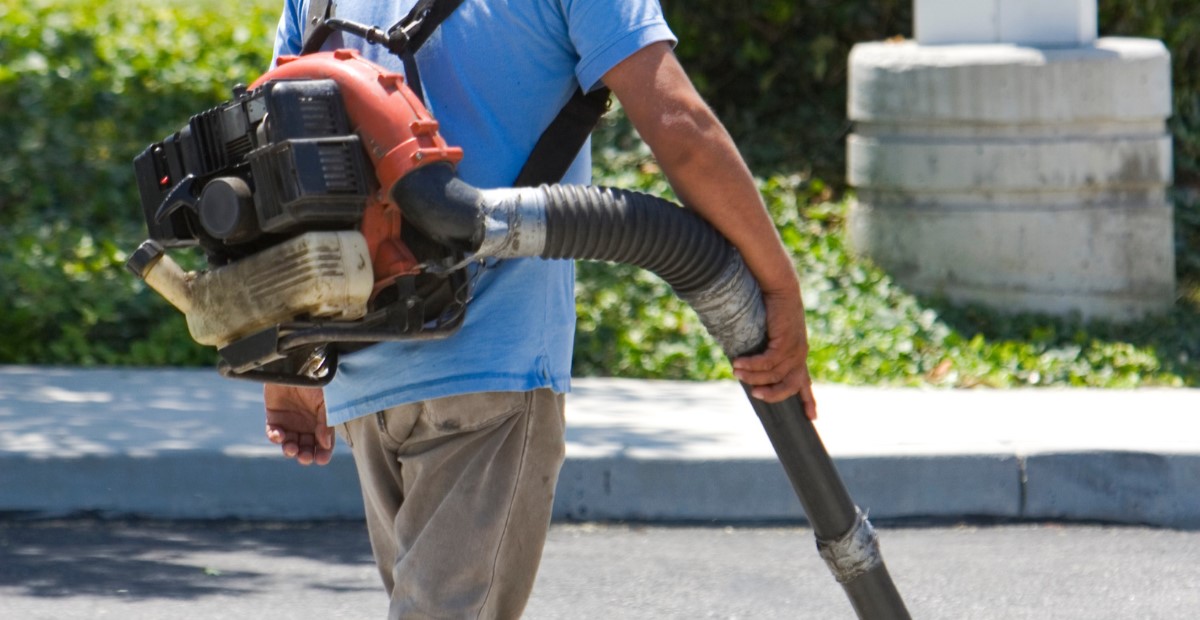
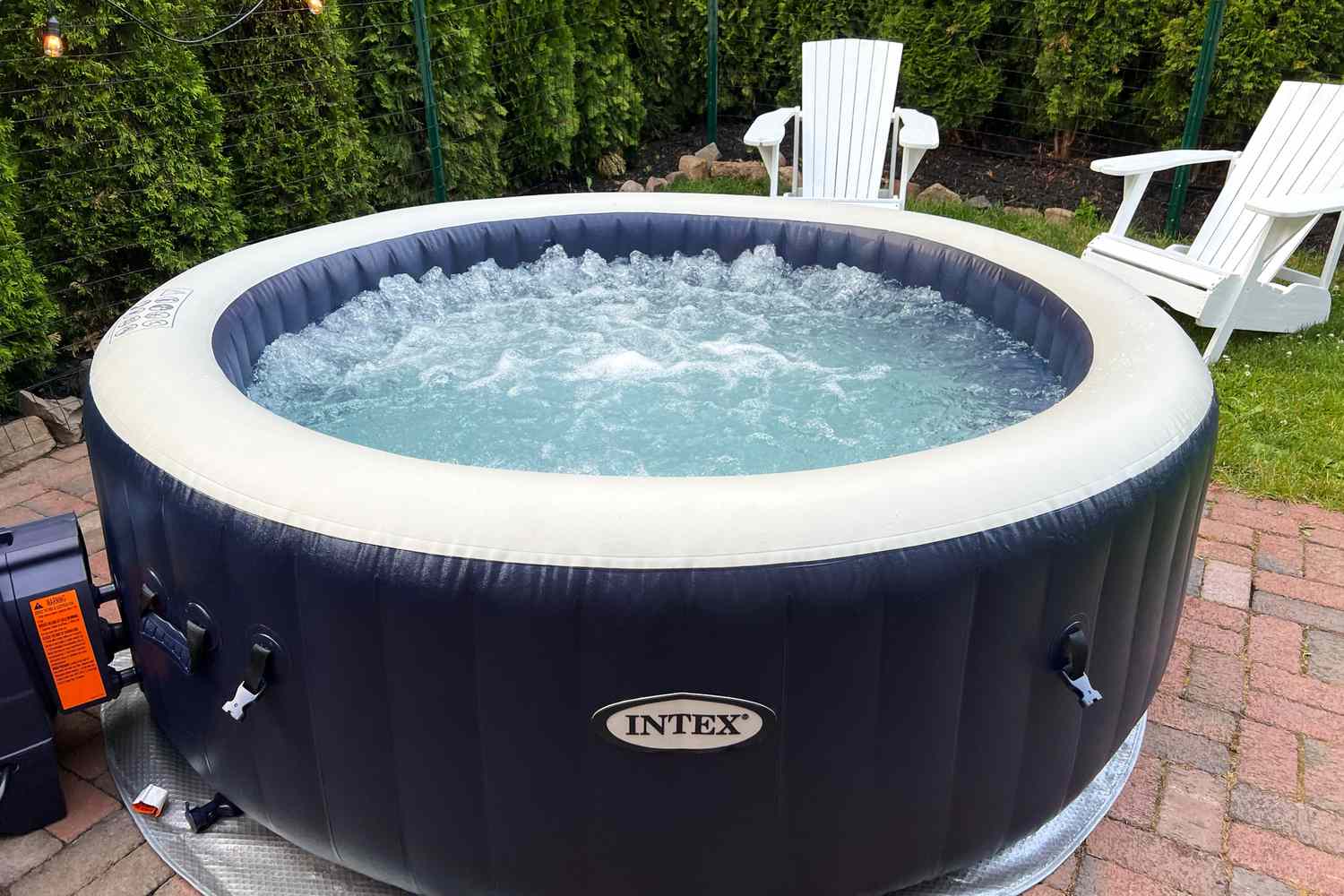
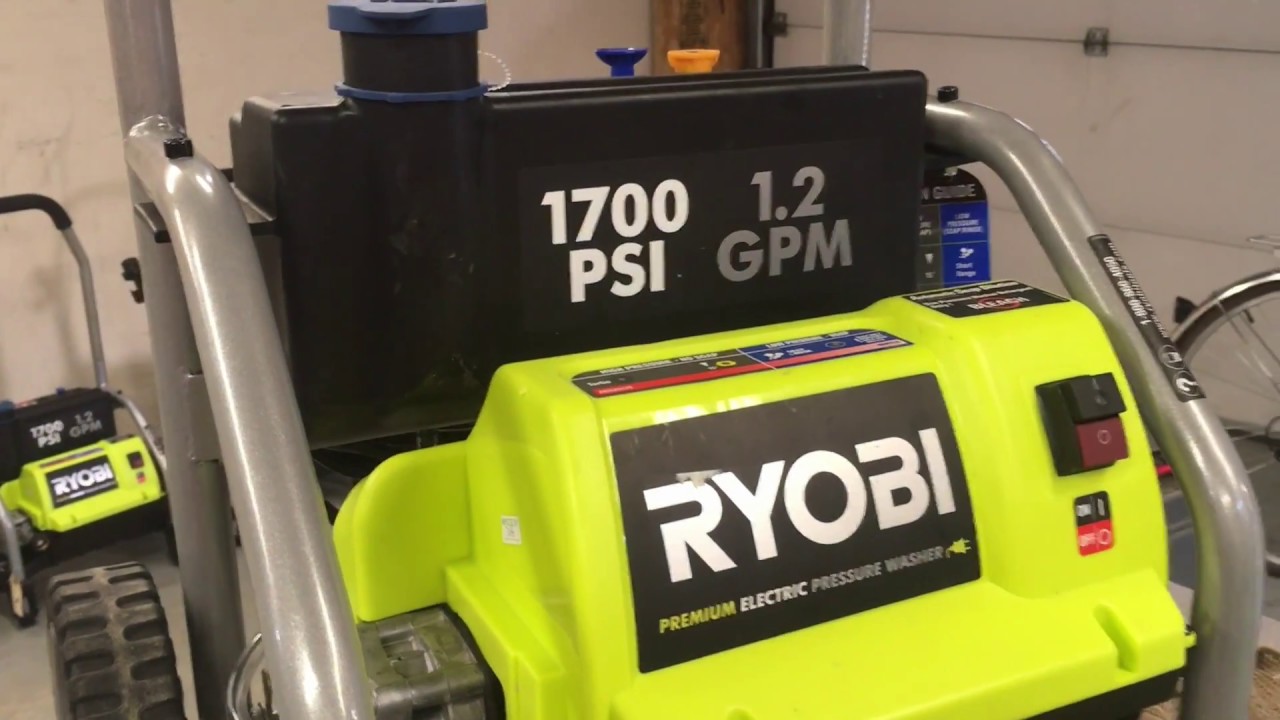

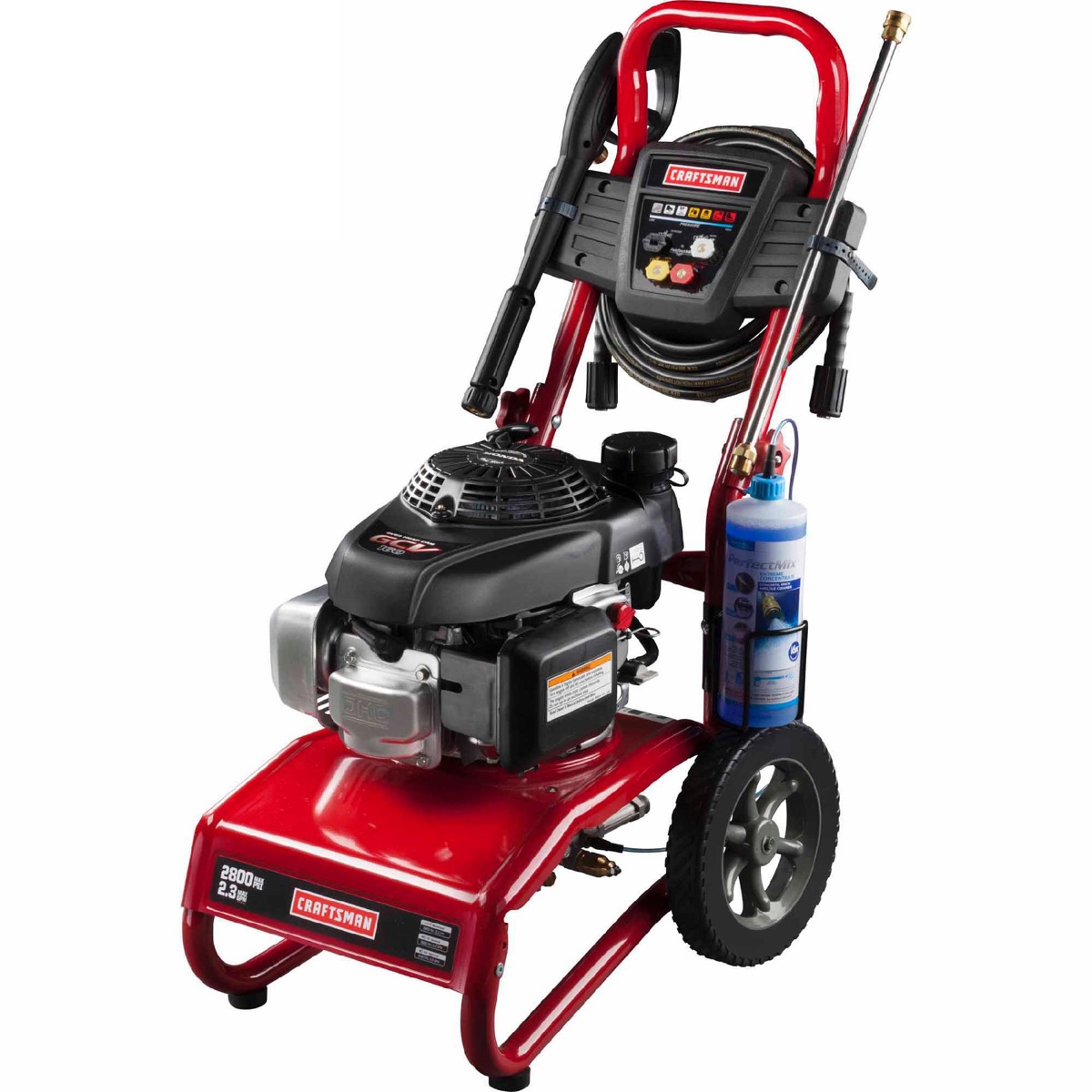
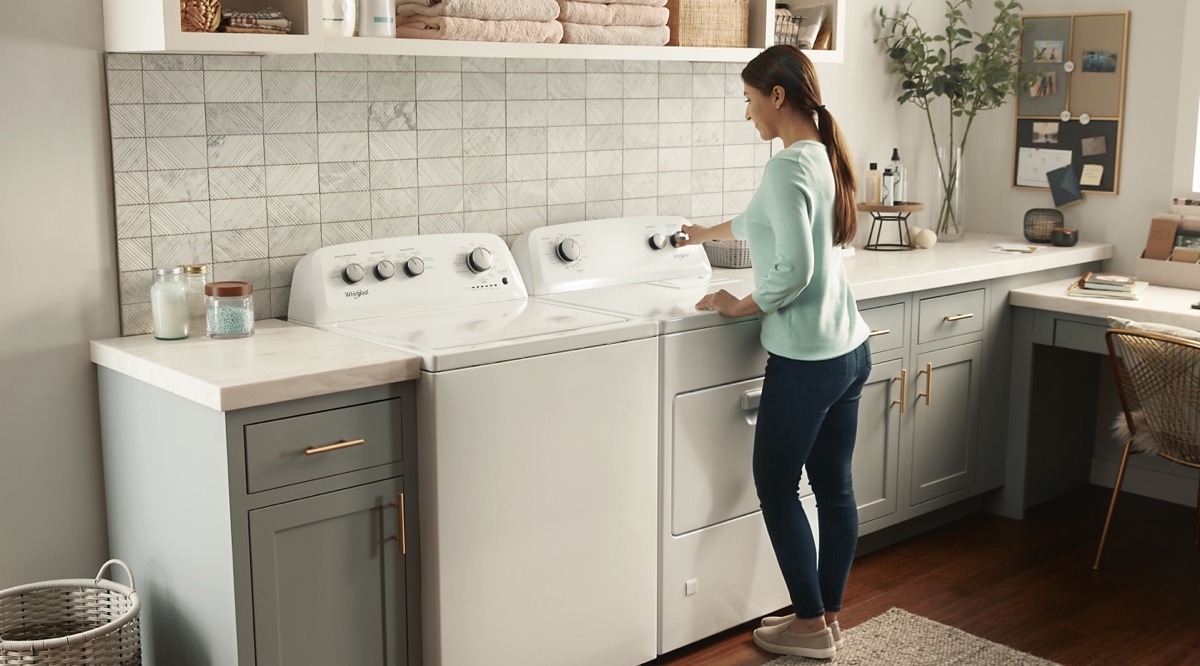

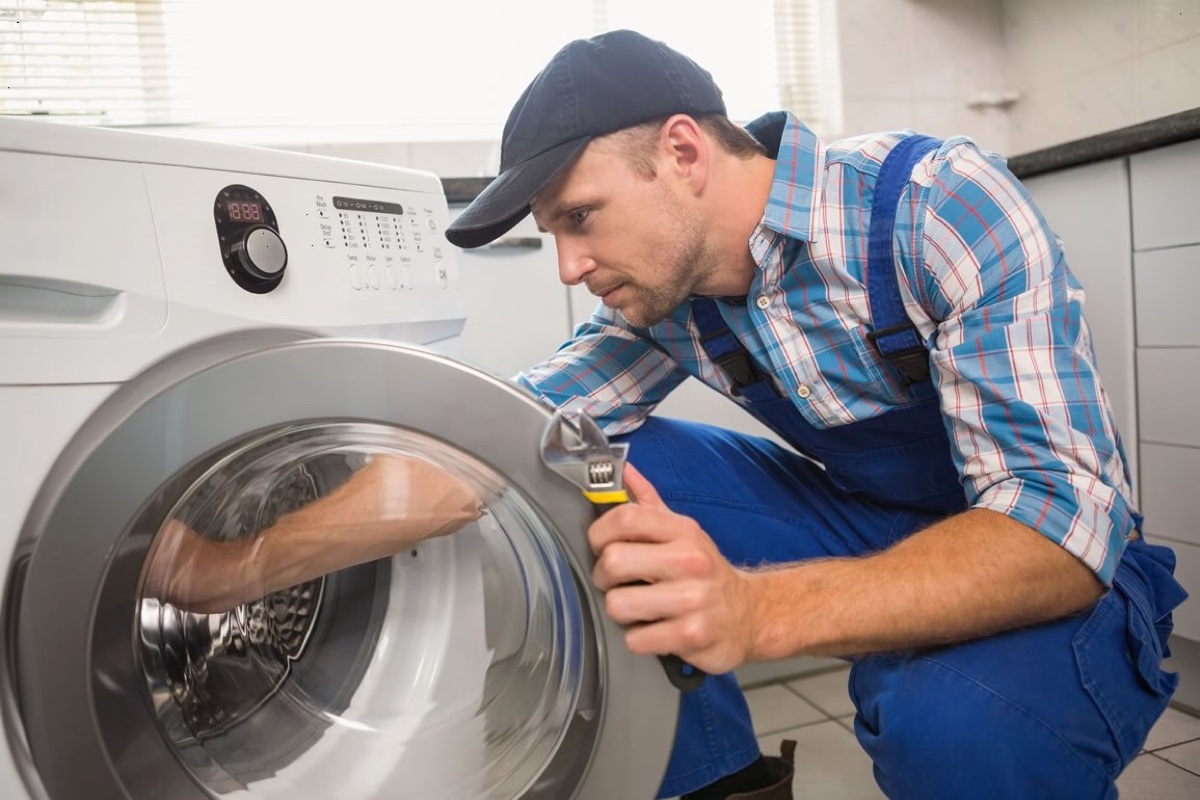
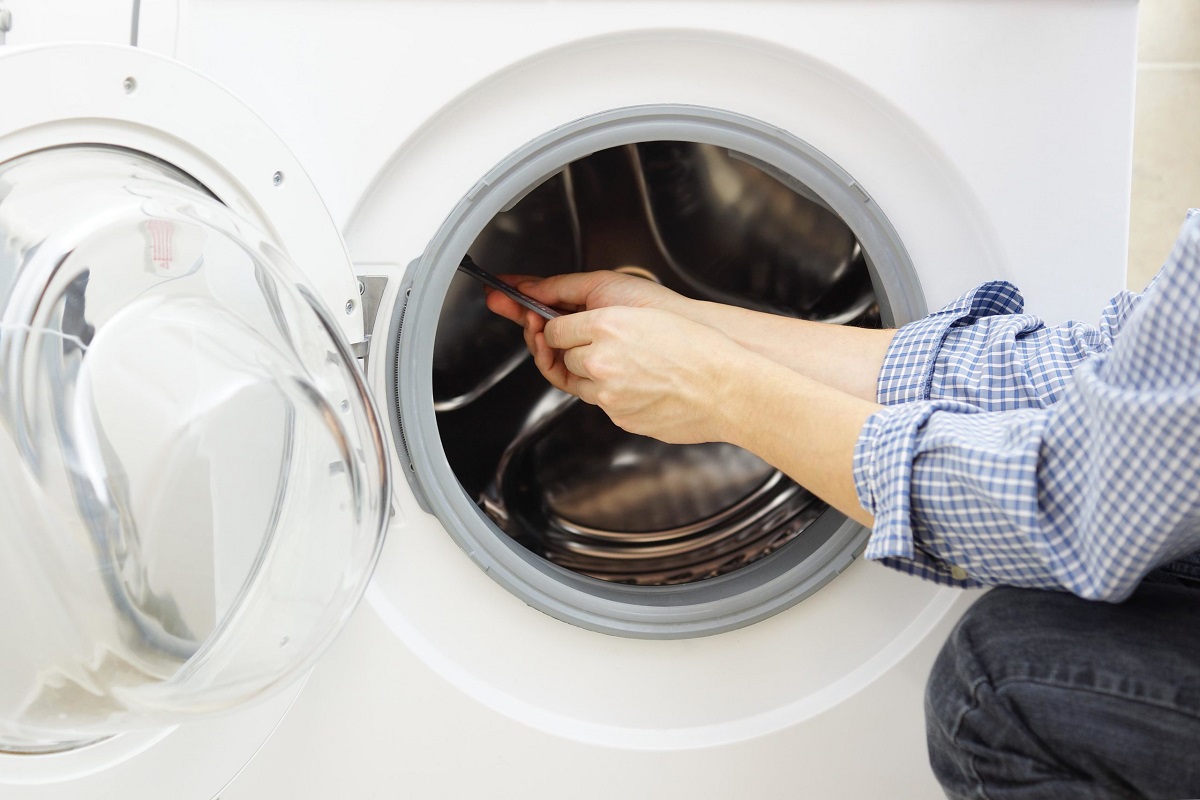
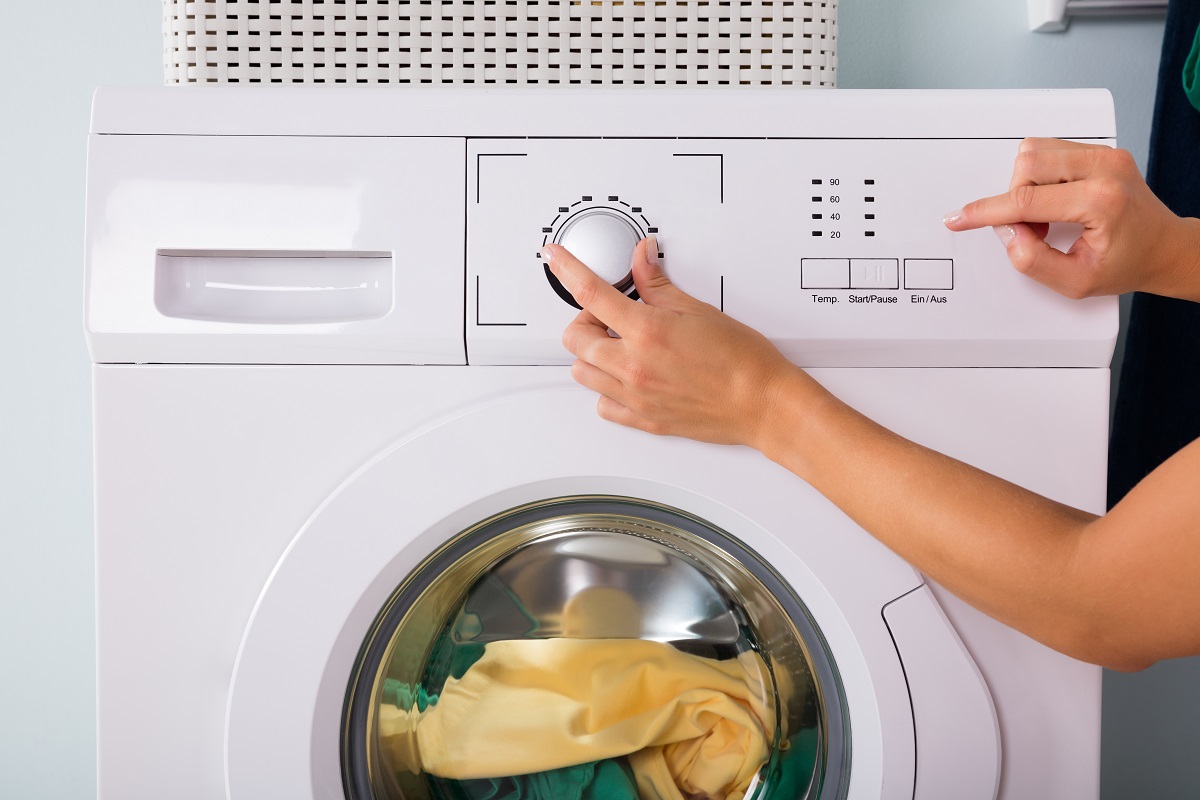
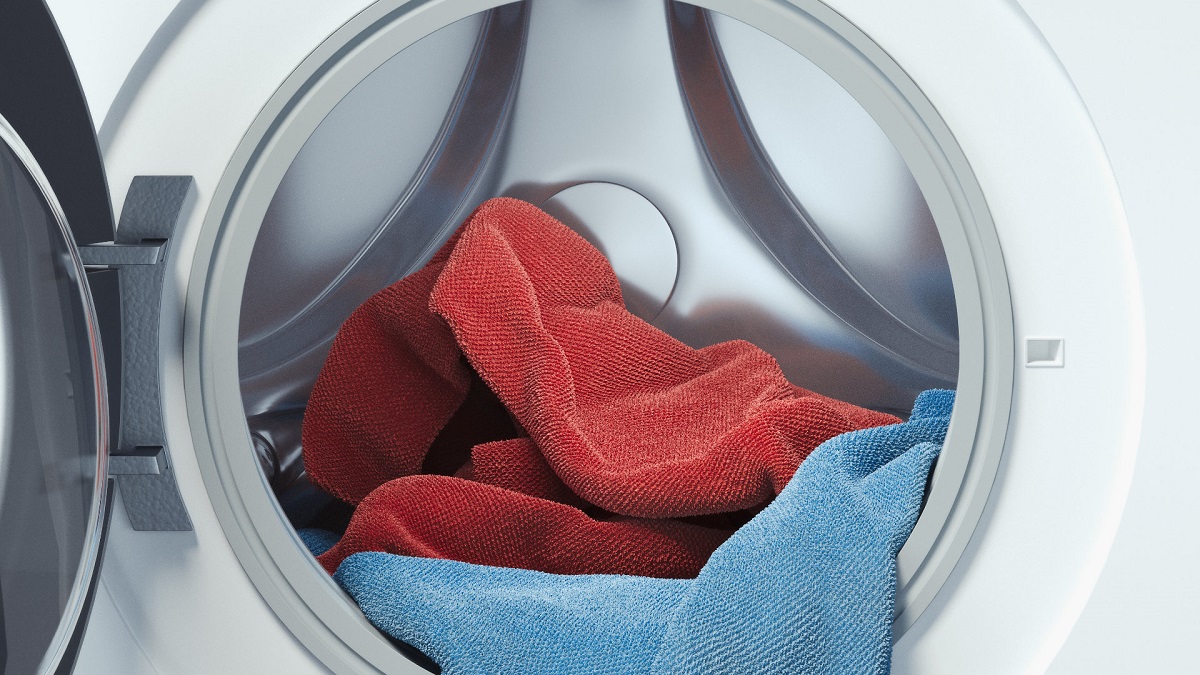
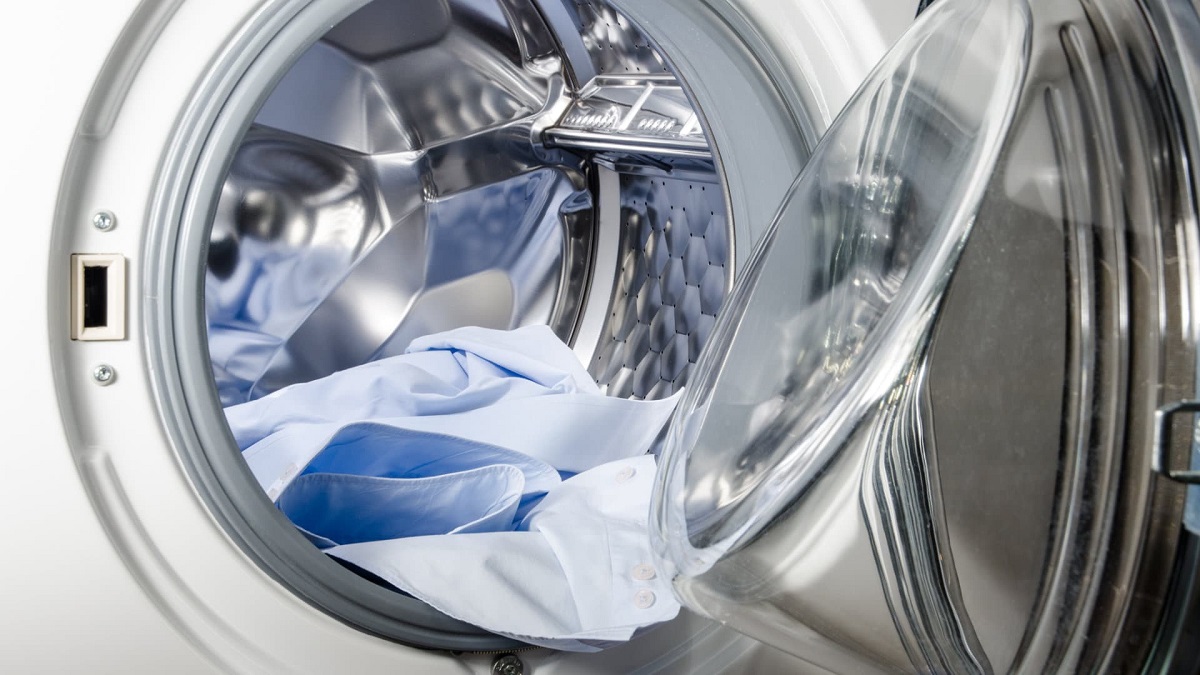

0 thoughts on “Why Is My Pressure Washer Losing Pressure”